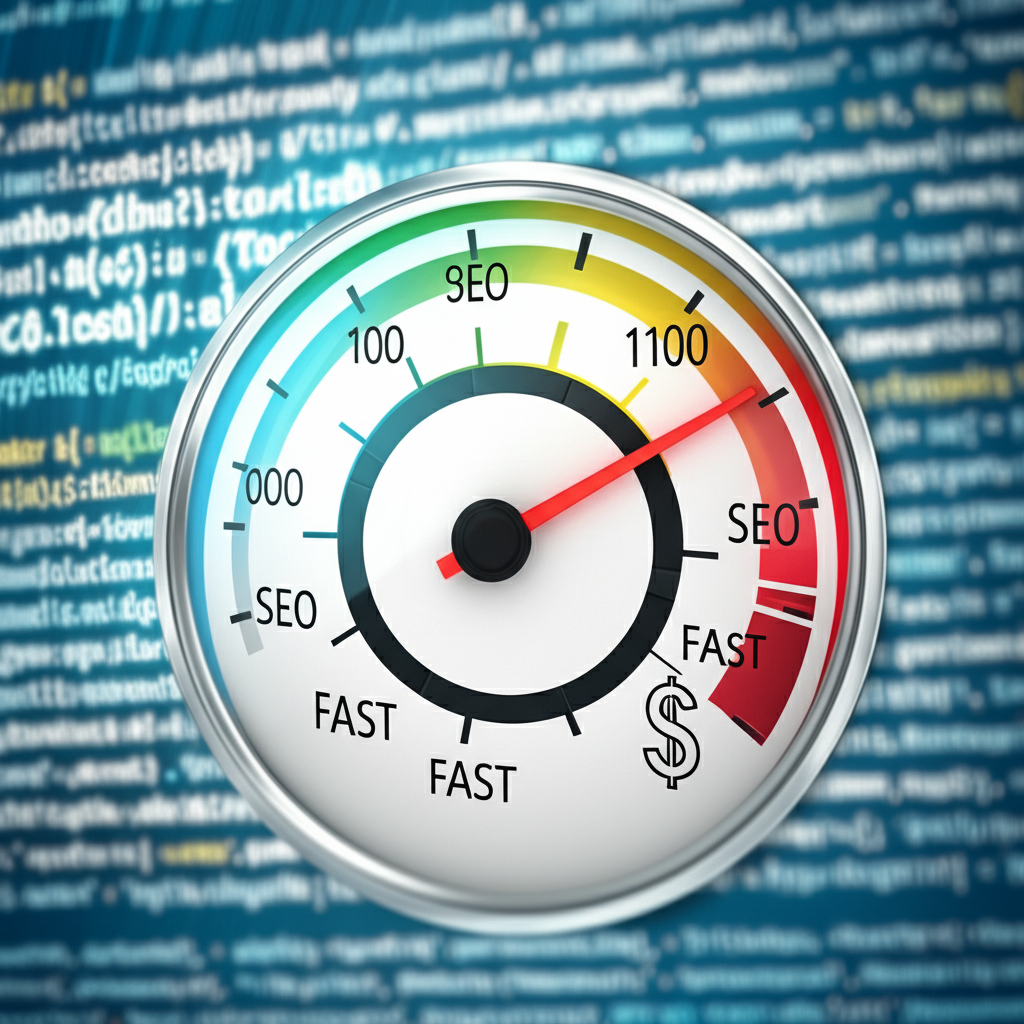- Why Website Speed Matters for SEO
- Impact of Website Speed on Google Rankings
- The Relationship Between Website Speed and Sales
- How Slow Loading Times Affect Conversions
- Optimizing Your Website for Speed: Actionable Strategies
- Website Speed Optimization: A Continuous Process
Website Speed: Crucial for SEO & Sales
Website speed is a critical factor for both search engine optimization (SEO) and sales. In today’s fast-paced digital world, users expect websites to load quickly and efficiently. A slow-loading website can lead to a poor user experience, increased bounce rates, and ultimately, lost revenue. This article will delve into why website speed matters, how it impacts SEO and sales, and provide actionable strategies to improve your website’s performance.
Why Website Speed Matters for SEO
Google and other search engines prioritize user experience. A key component of a positive user experience is fast loading speed. Consequently, site speed has become a significant ranking factor. Slow websites frustrate users, leading them to abandon the site before it even fully loads. This behavior signals to search engines that the website isn’t providing a good user experience, potentially lowering its ranking in search results. A lower ranking means less visibility, resulting in fewer organic visitors and potential customers.
Impact of Website Speed on Google Rankings
Google’s algorithms are constantly evolving, but the focus on user experience remains constant. They have explicitly stated that page speed is a ranking factor for both desktop and mobile searches. This emphasis makes perfect sense, as user satisfaction directly correlates with a website’s ability to deliver content quickly and efficiently. Google’s Core Web Vitals, a set of metrics that measure real-world user experience, also highlight the importance of speed. These vitals include Largest Contentful Paint (LCP), First Input Delay (FID), and Cumulative Layout Shift (CLS), all of which are impacted by website speed. Optimizing for these metrics directly contributes to better search rankings and improved visibility.
The Relationship Between Website Speed and Sales
The impact of website speed extends beyond search rankings and directly influences sales. A slow website can significantly hamper your conversion rates. Potential customers are less likely to complete a purchase if they encounter delays and frustrations due to slow loading times. This can lead to abandoned shopping carts, decreased customer satisfaction, and ultimately, lost revenue.
How Slow Loading Times Affect Conversions
Studies have shown a direct correlation between page load time and bounce rate. Even a one-second delay in page load time can lead to a significant increase in bounce rate. This means that potential customers are leaving your site before even exploring your products or services. Furthermore, slow loading times can negatively impact brand perception. Users associate slow websites with unprofessionalism and unreliability, which can damage your brand’s reputation and discourage future interactions.
Optimizing Your Website for Speed: Actionable Strategies
Improving your website speed is not just about technical tweaks; it’s a strategic investment in user experience, SEO, and ultimately, your bottom line. Here are some practical strategies to optimize your website for speed:
Optimize Images: Large image files are a common culprit for slow loading times. Compressing images without significantly compromising quality can drastically improve page speed. Use modern image formats like WebP for better compression and quality.
Leverage Browser Caching: Enabling browser caching allows returning visitors to load your website faster by storing static assets like images and CSS files on their local devices.
Minify CSS and JavaScript: Removing unnecessary characters and whitespace from your CSS and JavaScript files reduces their size, leading to faster download times.
Utilize a Content Delivery Network (CDN): A CDN distributes your website’s content across multiple servers geographically closer to your users, reducing latency and improving loading speed.
* Choose a Fast Hosting Provider: Your hosting provider plays a crucial role in your website’s speed. Opting for a reliable and high-performance hosting plan can significantly impact loading times.
Website Speed Optimization: A Continuous Process
Optimizing website speed is not a one-time fix but an ongoing process. As technology evolves and user expectations change, you need to continuously monitor and optimize your website’s performance. Regularly testing your website speed and implementing the necessary improvements will ensure a positive user experience, boost your SEO rankings, and ultimately, drive more sales. Investing in website speed optimization is investing in the success of your online presence. By prioritizing speed, you are prioritizing your users, your search engine rankings, and your business’s growth.











Leave a Reply